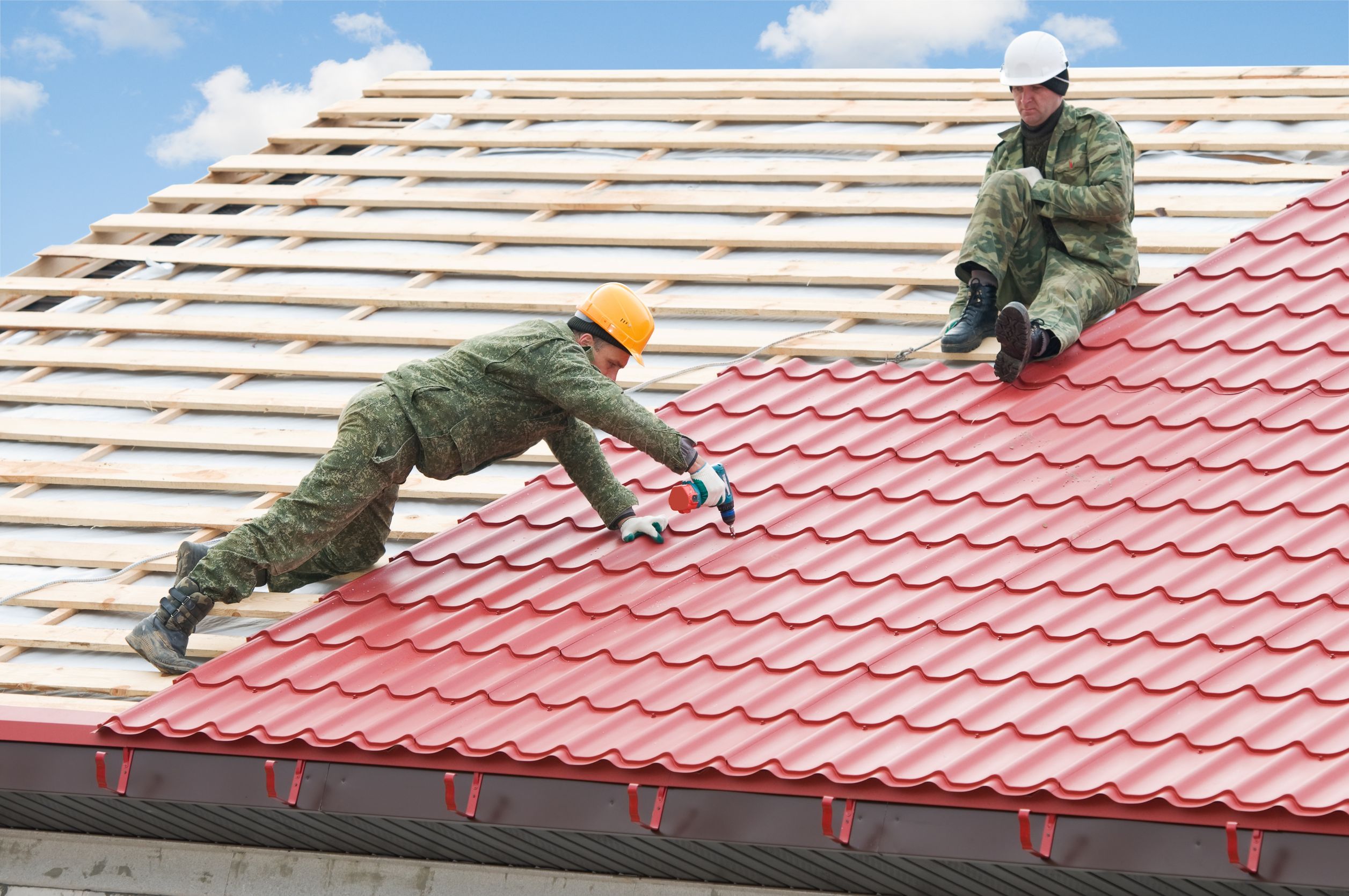How to Prevent Roof Ice Dams

Anyone who lives in winter regions need to take preventative procedures to protect their house from the creation of ice public works.
Roof installation happen when roof channels becomes clogged together with ice and debris. As water coming from rain or dissolved snow runs off of of the roof toward the gutter, it becomes stuck between ice within the gutter and even the roof shingles. With nowhere for your water runoff to go, water can maneuver back and beneath roof shingles. As soon as the water travels underneath the shingles, it may stay there for an extended time frame starting a long group of freeze/thaw cycles. Should water remain beneath the roof shingles, it will not be long prior to this particular begins in order to create roof floor damage and wooden rot.
Fixing water damage as some sort of result of ice cubes dams is high-priced.
Preventing ice public works is easy and even inexpensive. Prevent ice cubes dams during brand-new construction or re-roofing by employing the subsequent measures:
1. Setting up a new roof, always install some sort of good quality ice and water obstacle on the first 3 feet of all roof eaves at minimum (or 2 feet previous the first insides wall). Lower pitched roofs may need 6 feet involving ice and drinking water barrier or additional. Minimum building code for most municipalities in Wisconsin require ice and normal water barrier to expand through the edge involving any roof eave completely up 2 (2) feet earlier the interior wall. In most scenarios, the roof soffit (overhang) is a single foot or much less wide. Therefore, regular ice and drinking water barrier manufactured inside three (3) foot wide rolls will certainly meet minimum making code. This is definitely why most roofers include one line (first three feet) of ice and water barrier in their bids for roofing work. If a person have wider soffit, carefully see the bare minimum building code with regard to roofing in the municipality and be well prepared install more compared to one row of ice and water barrier. Also be aware that this is usually "minimum" building code. In most cases, more is better in this scenario, but ice in addition to water barrier is usually relatively expensive in comparison to traditional tar report underlayment. One should weigh the charges and benefits to be able to going beyond the particular minimum building computer code within this situation.
a couple of. Install gutters and even downspouts large enough to handle all of the water runoff from the roof. Most contractors will be able to calculate the mandatory gutter capacity based upon roof size. Much larger roofs will require larger gutters along with more water potential. Custom seamless gutters are a little more pricey than prefabricated gutters, but they pay money for themselves once a person consider durability and even maintenance. Always be certain normal water has a clear path out regarding the downspouts and away from the first step toward the property.
3. Optimize roof ventilation by balancing intake vents (soffit or gable vents) and exhaust grills (ridge vent or box vent). Generally there should be the 50/50 balance of cold air intake vents and comfortable air exhaust ports in the attic space directly underneath the roof deck. Cold air from the exterior enters the particular intake vents in addition to pushes warm surroundings out of typically the attic space via the exhaust ports in an effectively functioning system. Without proper ventilation, warm atmosphere becomes trapped within the attic room. This warm air will certainly warm the roof and melt any kind of standing snow. At the same period, cold air outdoors can freeze the particular melting snow and even create ice, plus the freeze thaw period continues.
Ice public works on existing attics can be avoided by following the ways below:

1 . Keep and clean your own gutters and spickets regularly. Make certain drinking water can flow freely off and aside from your roof. Once a downspout clogs and water freezes inside a new gutter, its as well late! Installation regarding gutter guards is definitely a good expense which will save you as well as avoid clogs.
second . Install heated roof wires in areas where frequent ice damming takes place. Heated roof cables are readily available, low voltage warming elements attached to your roof eaves and gutters. These kinds of cables can stop ice from developing in the very first place.
3. Install extra insulation inside of attic spaces in order to ensure warm air flow in the house won't escape into the attic and cozy the roof.
4. Calculate how much roof ventilation that exists in the loft space. Add absorption or exhaust grills if there will be less than one square foot associated with vent area per 300 square feet of attic floor space. There should be the balance of 50% intake ventilation and 50% exhaust air flow.
Preventing ice public works and the harm they will cause can be as quick as cleaning your gutters on the regular basis. If you can't do it about your own or if you include areas of recurrent ice damning, phone a local, reputable roofing company with regard to assistance.
